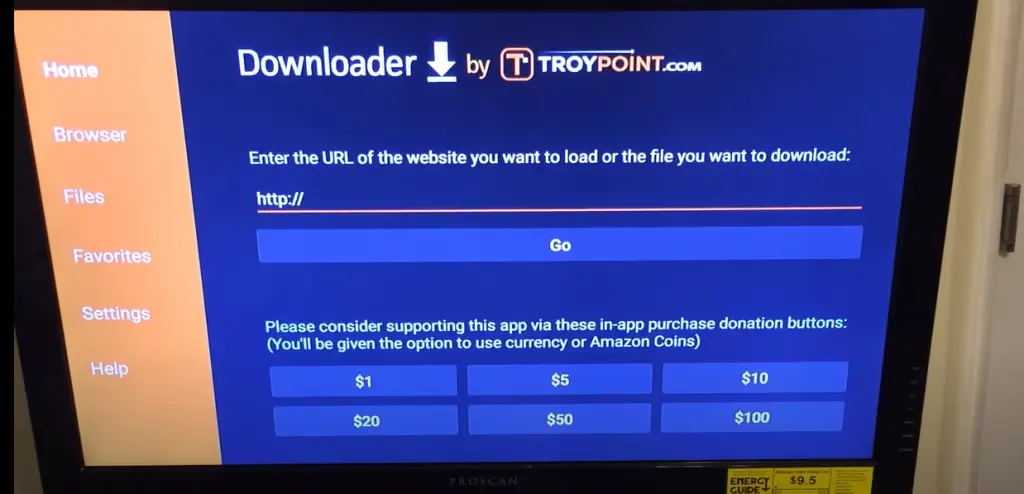What Is IPTV/VLAN Used For?
IPTV, or Internet Protocol television, is a digital television broadcasting technology that delivers TV signals over the internet. Unlike traditional television broadcasts that use satellite or cable, IPTV uses an IP-based network to stream content to viewers’ devices. This allows for greater flexibility in terms of channel offerings, user interactivity, and delivery methods.
One of the key benefits of using IPTV is the ability to offer personalized content to viewers. Instead of broadcasting the same content to all viewers, IPTV providers can offer different channels and programs to different viewers based on their individual preferences. This is done through the use of VLANs, or Virtual Local Area Networks.
VLANs are a feature of computer networking that allow multiple physical networks to be logically segmented into separate virtual networks. This can be useful in a number of scenarios, such as separating different departments within a business or isolating sensitive data from the rest of the network. In the case of IPTV, VLANs are used to separate different channels and programs, allowing for more efficient delivery of personalized content.
For example, if a viewer wants to watch a particular sports channel, the IPTV provider can send that channel’s stream to the viewer’s device over a dedicated VLAN. This ensures that the stream is delivered quickly and without interference from other traffic on the network. Similarly, if a viewer wants to watch a movie on demand, the IPTV provider can send that movie’s stream over a VLAN that is optimized for video delivery, ensuring that the viewer gets the best possible experience.
VLANs also play an important role in ensuring network security. By segmenting different parts of the network into separate virtual networks, VLANs can help prevent unauthorized access to sensitive data and resources. This is particularly important in the case of IPTV, where content providers may have proprietary or copyrighted content that needs to be protected.
In addition to VLANs, IPTV providers may also use other technologies to optimize the delivery of content to viewers. For example, they may use multicast, a technology that allows a single stream of data to be sent to multiple viewers simultaneously. This helps to reduce network congestion and ensures that viewers get consistent, high-quality content.
Overall, IPTV and VLANs are a powerful combination that allows for the delivery of customized, high-quality television content over the internet. By using VLANs to segment different channels and programs, IPTV providers can offer personalized content to viewers while also ensuring network security and efficient delivery. As technology continues to advance, it’s likely that IPTV and VLANs will become even more important in the world of digital broadcasting.
Get your subscription today: iptvuk.uk






